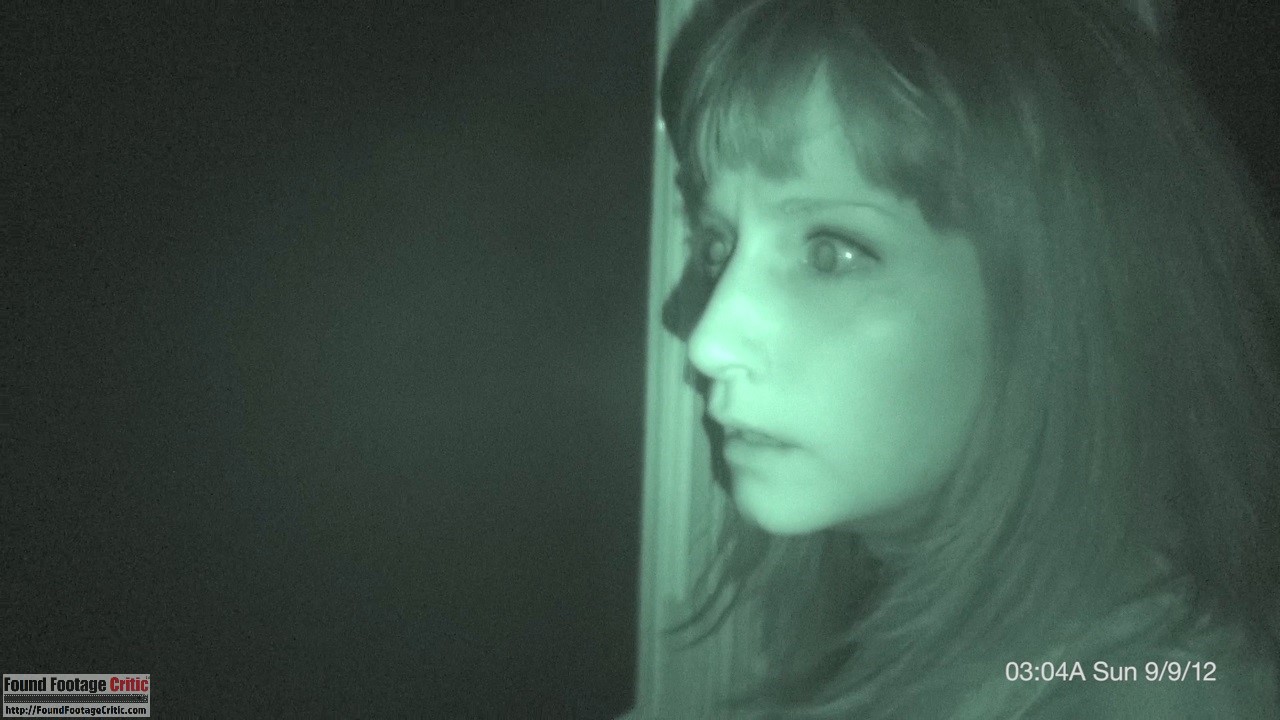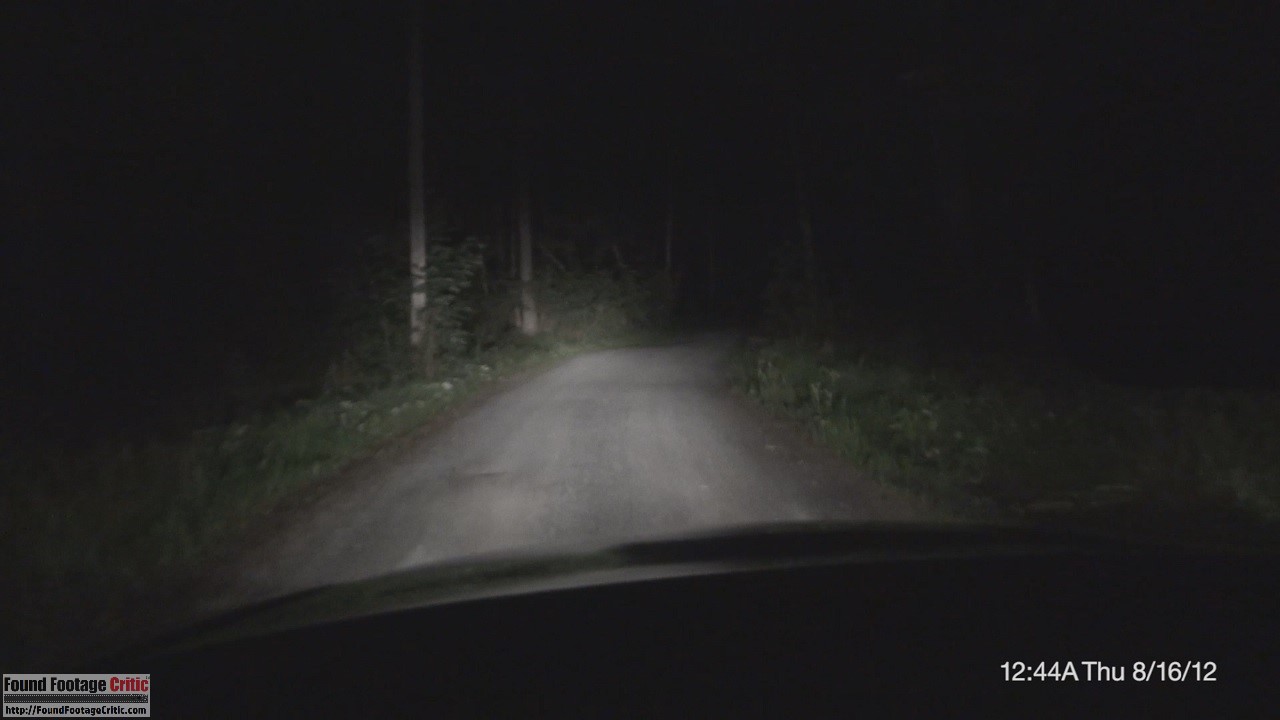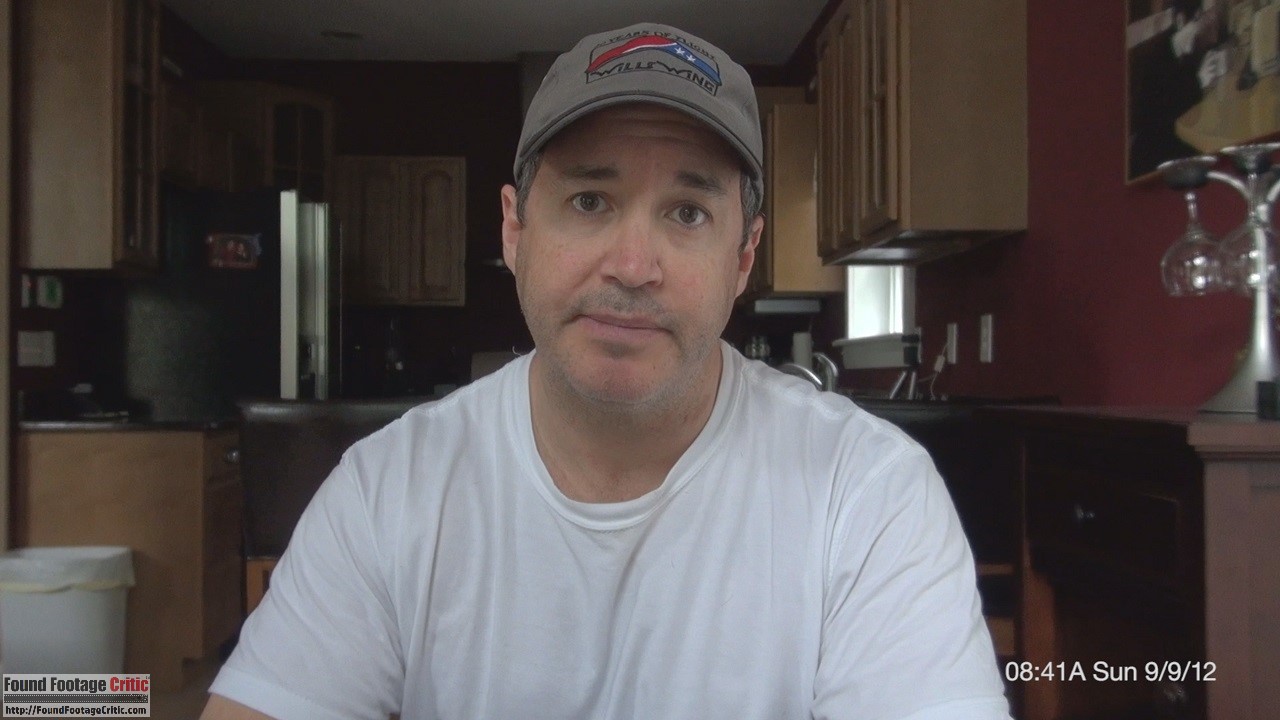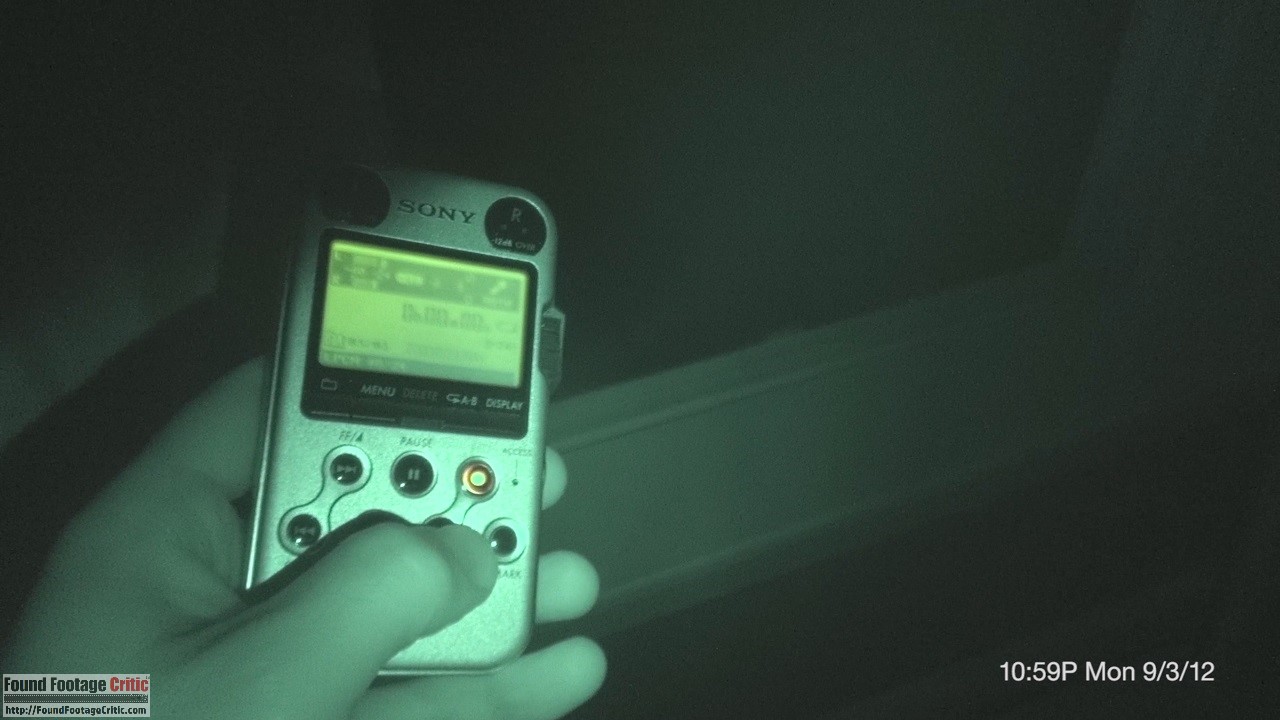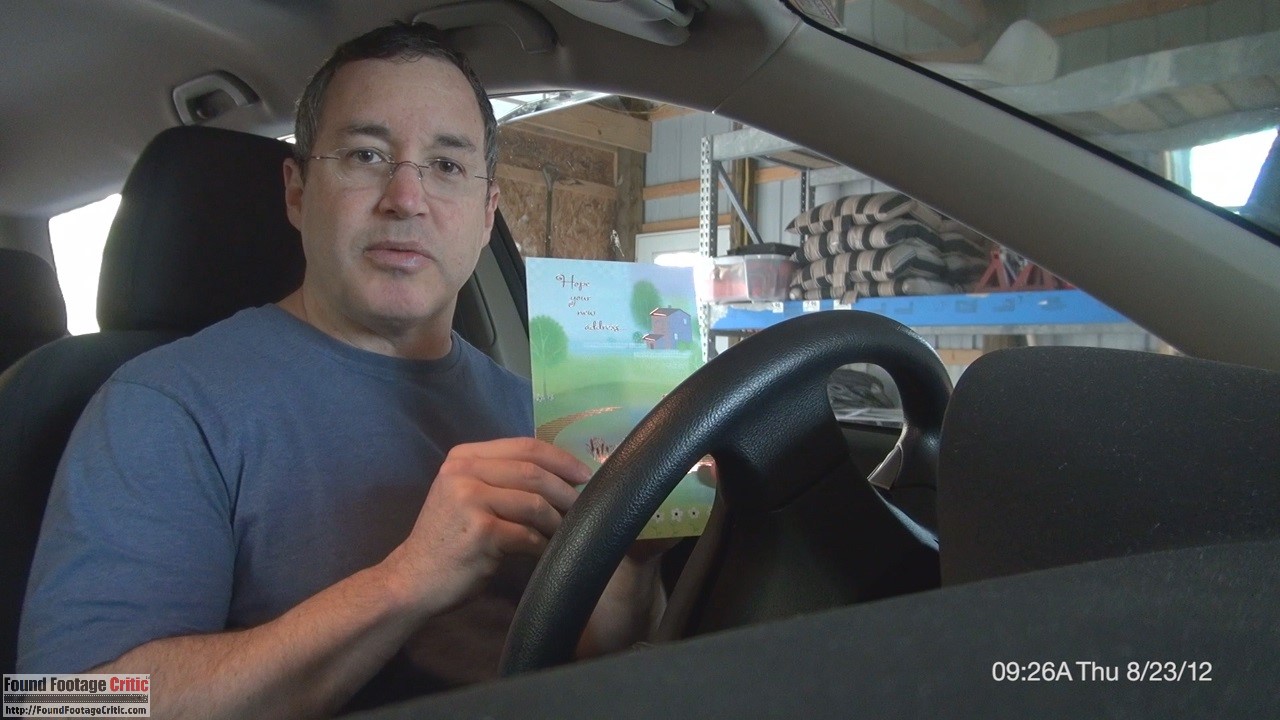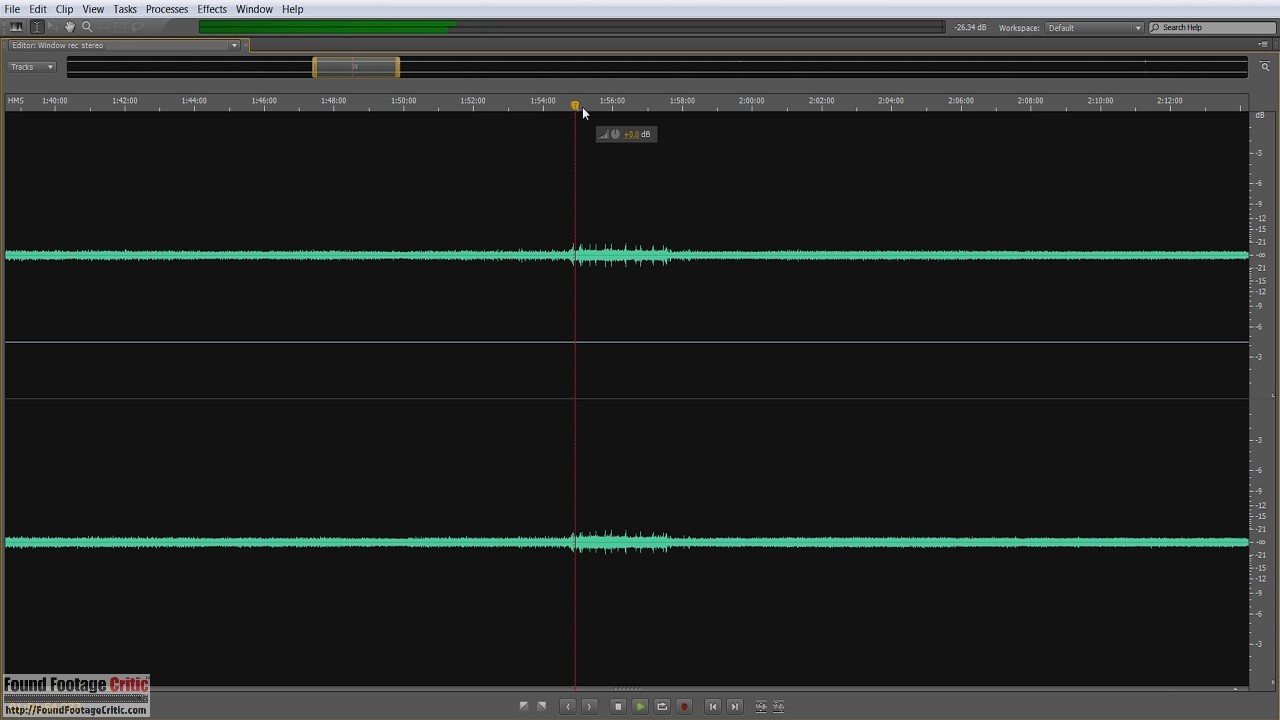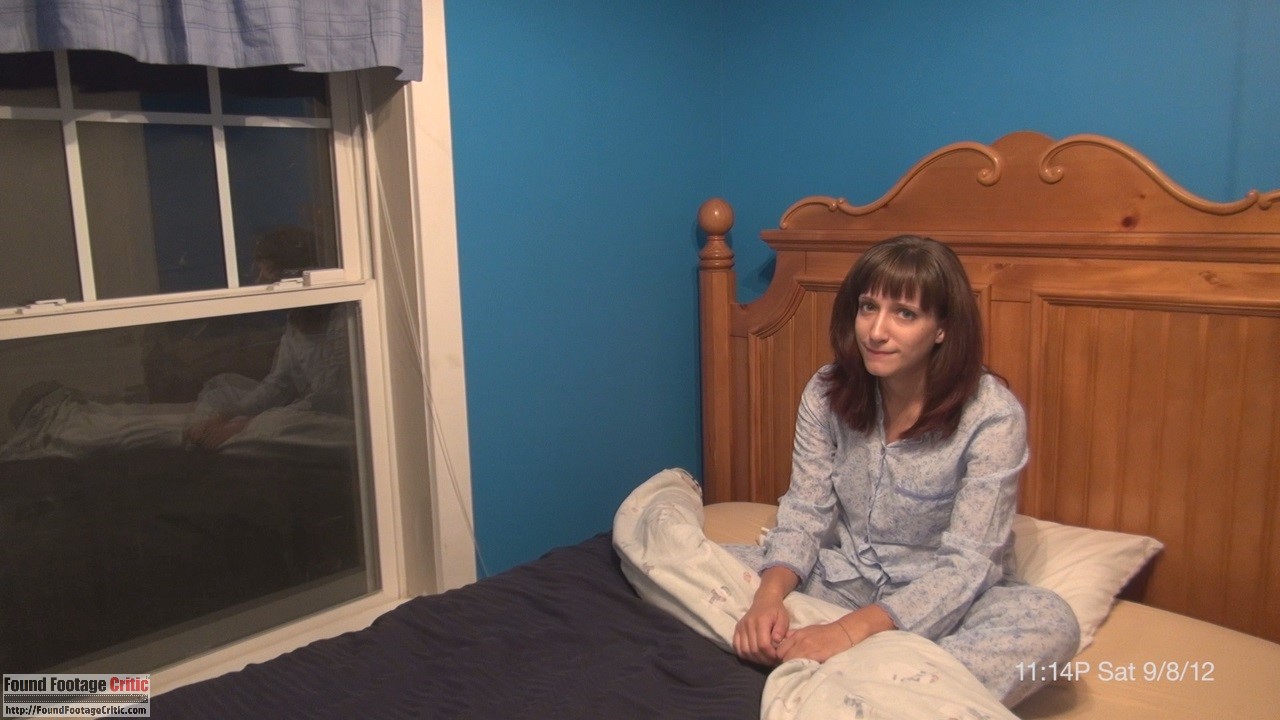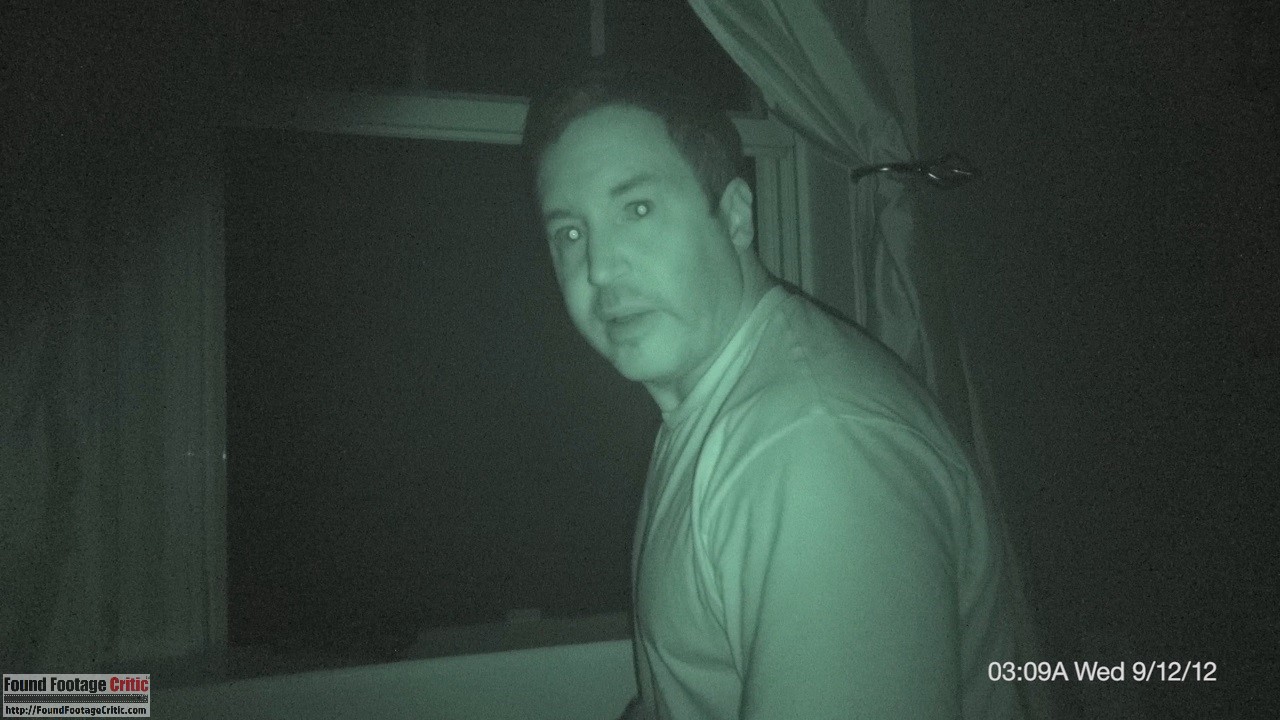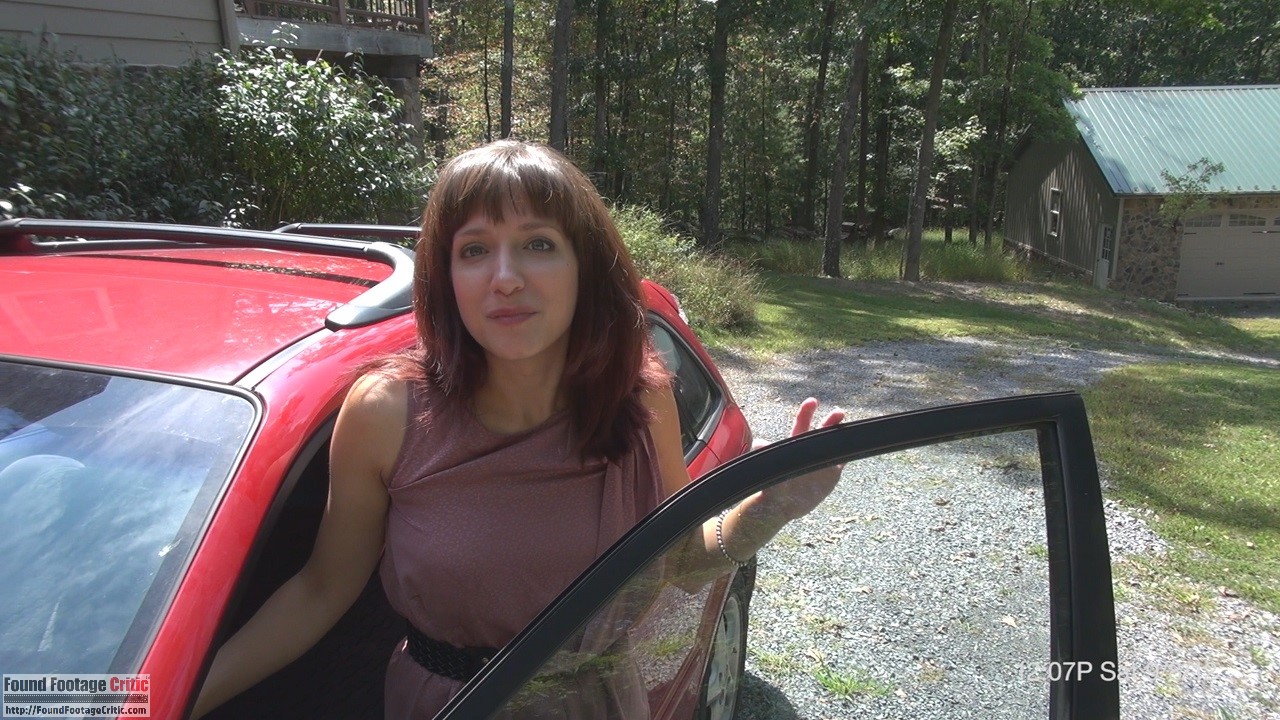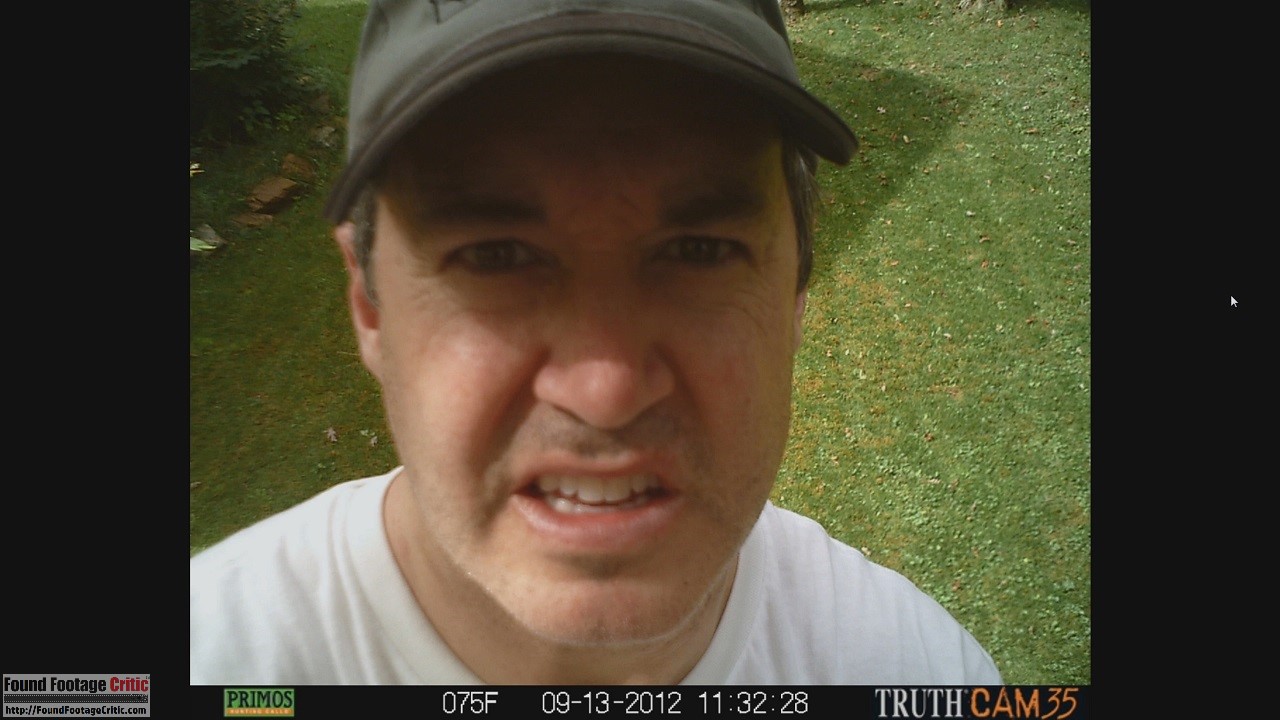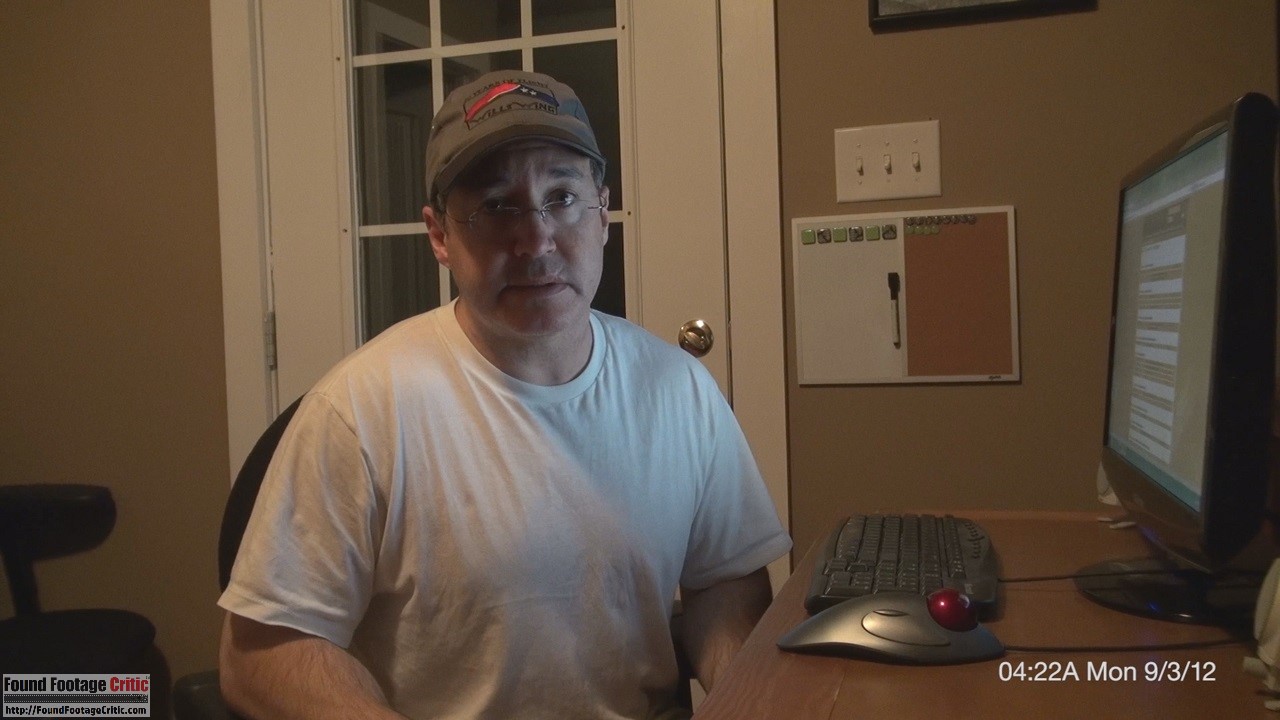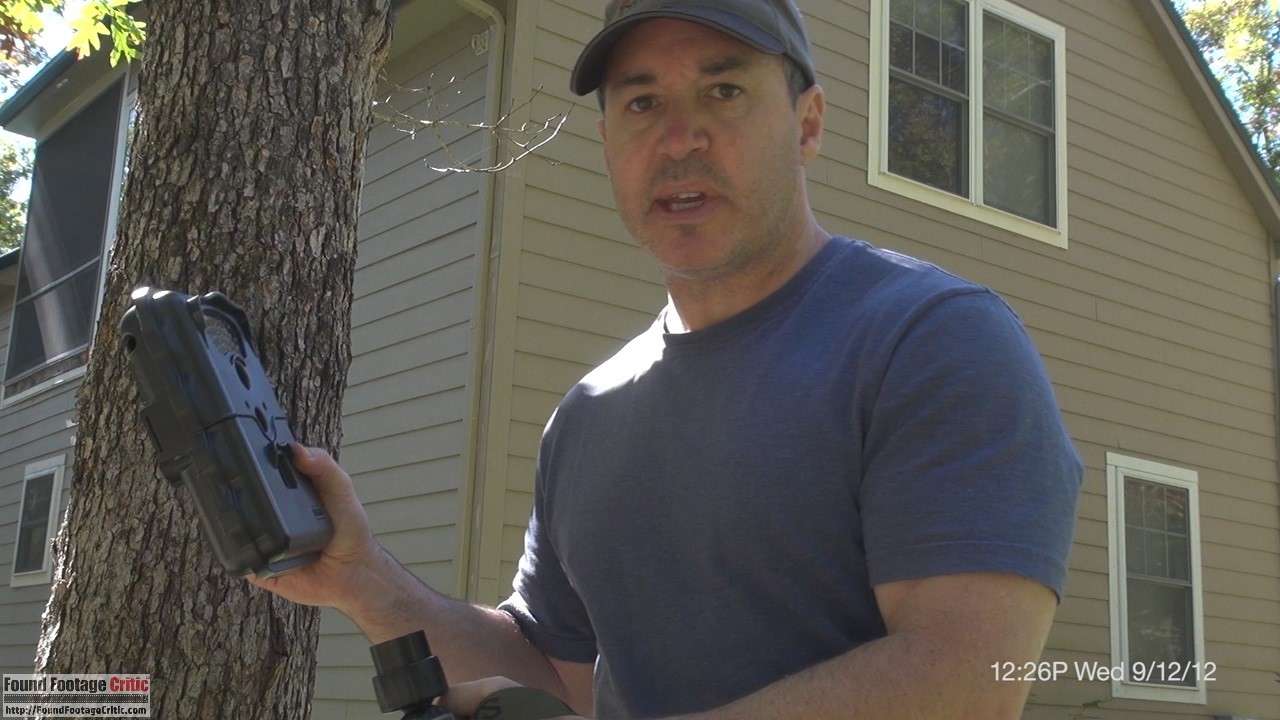“Leaving D.C.” is a found footage horror movie directed by, written by, and starring Josh Criss. The film follows a Washington D.C. resident who moves to an isolated house in rural West Virginia, only to find that he is not alone.
The film opens with self-employed contractor Mark Klein driving to his new home in the woods of West Virginia. As part of his daily routine, Mark posts a video blog intended for his friends in the Obsessive Compulsive Disorder (OCD) support group he left behind in the city. These video blogs comprise most of the footage in Leaving D.C.
Days after moving in, Mark begins to hear strange noises outside his bedroom window at night. Curious and with ample time on his hands, he decides to place an audio recorder outside his window. What Mark finds on the recording makes him believe that he might not be as alone as he had hoped.
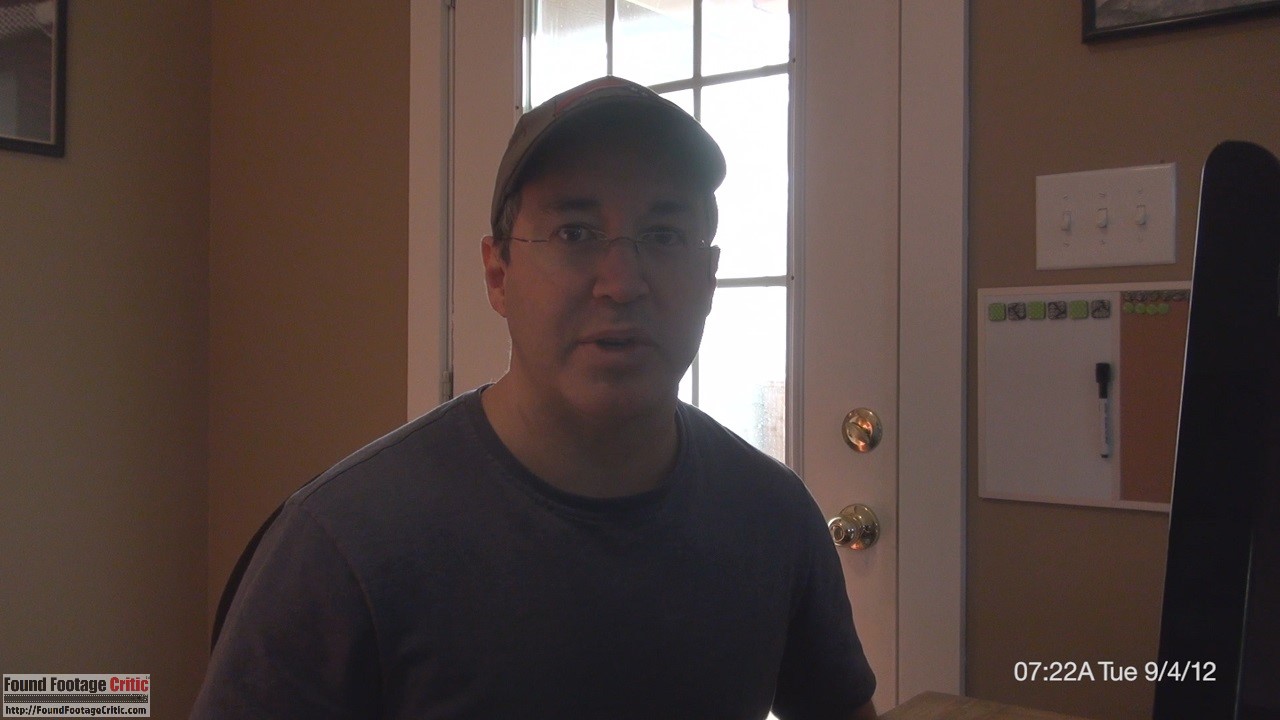 ac
ac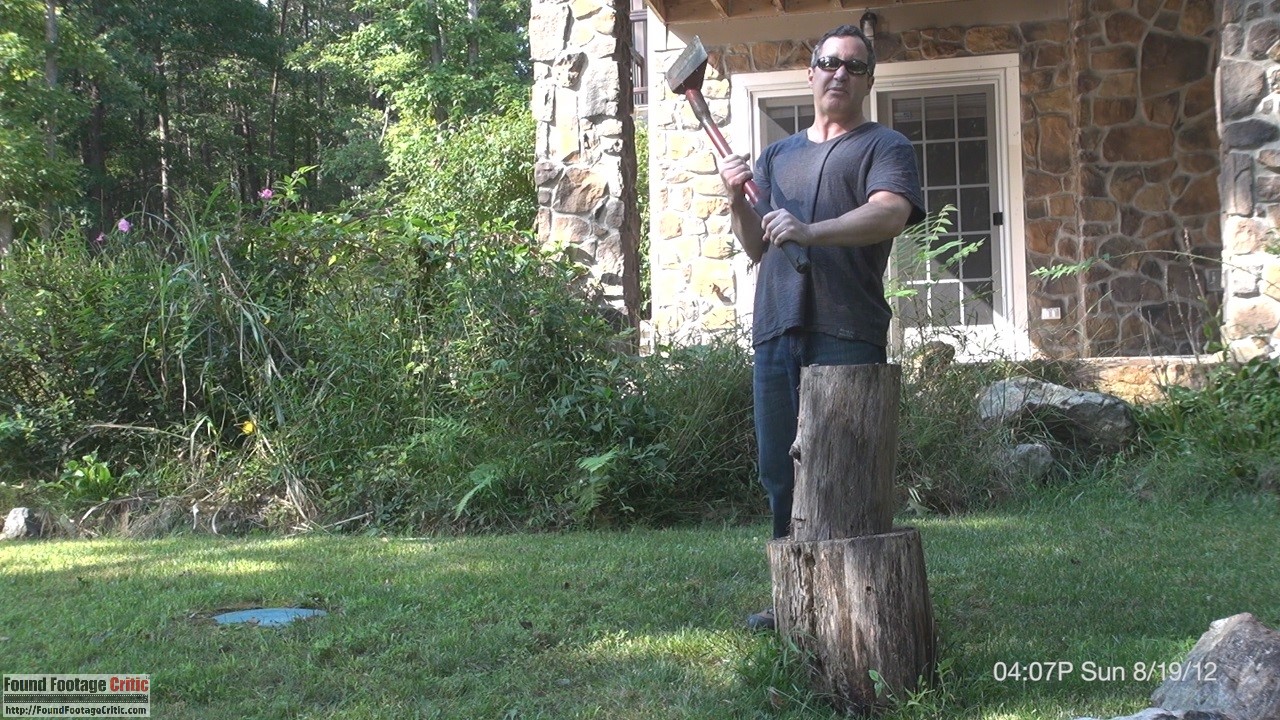
Director Josh Criss and Anatomy of a One Man Production
By their very nature, found footage films tend to require fewer resources to create than their traditional narrative equivalents. All too often, micro-budget films, particularly in the horror genre, are labeled as cheap or lacking skill. While this ideology may hold true for many traditional narrative shot films, the same blanket statement cannot be applied to the found footage genre. In found footage films, novice cinematography and an unpolished production are considered features, not bugs.
Josh Criss is credited as writer, director, editor, producer, and sound designer of Leaving D.C. Aside from one other actor who appears in a few brief scenes and a voice actor on the receiving end of a phone conversation, Josh Criss is the only onscreen presence for most of the runtime.
Speaking to Found Footage Critic (coincidentally while in Washington, DC), Criss describes the origin and production of Leaving D.C. Like his character, Criss moved from Washington D.C. to a house in rural West Virgina. “One night,” Criss said, “I was awakened by some type of hideous animal scream; to this day I don’t know what it was. In my sleepy confusion I at first thought it was human, and I was terrified.” This experience was the germ of the idea for Leaving D.C. In fact, his nightmarish encounter with the “hideous animal scream” appears as a scene in the film, almost unchanged.
Like so many micro-budget found footage films that came before it, Leaving D.C. was filmed in and around Josh Criss’s actual house. He described Leaving D.C. as “a fun project to keep me busy,” and was surprised when the film accepted into the Nevermore Film Festival in North Carolina. Leaving D.C. has since been streamed over 25,000 times. Josh Criss’s accomplishment is a compelling testament to how the found footage format uniquely encourages independent filmmaking.
Found Footage Cinematography
The found footage cinematography employed throughout Leaving D.C. is quite good. Most of the footage is captured by the main protagonist, Mark, using a handheld video camera. Cinematically, the footage is comprised of a combination of handheld filming and fixed position filming using a tripod.
Leaving D.C. also includes still images captured using a motion-activated game camera and audio recordings. Mark edits the images into his video updates, including screen captures of his PC as he analyzes nightly audio recordings.
Overall, the cinematography is believable and effective. Certainly, the heavily stripped-down production helps on this count. What is supposed to be one man filming himself alone in his house is, quite literally, one man filming himself alone in his house. There appears to be hardly any gap between the resources available onset and those shown onscreen.
The minimalist cinematography works exceedingly well, in large part, due to the exceptional pacing. Even prolonged static shots of a computer screen filled with one barely moving window are still tense and interesting because of the excellent use of audio and interesting dialog offered by the main protagonist. Use of audio is a strong suit of the film as a whole
Filming Reason
The protagonist’s (Mark’s) impetus for filming is to post entries to the video blog, or video diary of sorts, that he shares with his friends in his OCD support group in Washington D.C. Mark’s video blog is of even greater personal importance since moving from Washington D.C. to West Virginia. The great distance makes the video blog Mark’s primary means of staying in touch with the people he cares about.
Mark’s OCD is critical in justifying much of the footage in Leaving D.C. Incessantly filming and providing overly detailed narratives as he investigates the strange happenings at his new home appear to have become a new obsession of Mark’s, perhaps caused by the separation from his support system. Director Josh Criss selected an intriguing and effective way to tie the filming reason into the narrative.
Mark’s first few video blog posts are of him touring his house and exploring the woods. When Mark begins hearing strange sounds, though, the videos focus in on his investigation. His motivations for recording and sending out the updates, as he calls them, seem at first to be loneliness and an attempt to connect with his friends. Other recordings, like the audio recordings and the pictures taken by the game camera, are themselves attempts to capture evidence.
The somewhat heartbreaking question that arises as the film goes on, though, is to what degree the video updates are actually reaching the group, or if Mark is more just talking to himself. The implication seems to be that no one else is as invested as Mark is and that he might be the only one watching. Mark does at one point, address updates specifically towards one member of the group, a woman he is attracted to, but grows angry at when she doesn’t reciprocate his attraction. In these cases, the video camera appears to be a means he uses to create a safe distance between himself and her.
Found Footage Purity
Leaving D.C. does an exceptional job of closely sticking to the film’s found footage premise. The film doesn’t contain any visual or audio content that couldn’t be reasonably be captured by the available cameras and audio recording device. The stitching together of the video, still images, and audio into a cohesive film are well justified, as Mark is tech-savvy and carefully edits the video updates he sends to his group. As mentioned earlier, Mark’s OCD further plays into his fastidiousness with precisely editing each video blog.
The film has only one (albeit minor) deviation from found footage. After the end credits, Leaving D.C. has a blooper where Josh Criss is interrupted during a scene by his cat meowing, which causes him to break character and laugh. Technically this after-credits scene isn’t part of the movie proper, but it is still an odd choice. This reviewer cannot remember seeing an after-credits outtake included in a found footage film. Due to the very short credits (because of the extremely limited cast and crew), the audience is still very much in the headspace of the movie, and the blooper is jarring.
Acting
As the only actor onscreen for the vast majority of Leaving D.C., Josh Criss, as Mark, successfully carries the film with a brisk pacing—which is no easy feat. Other successful solo performances in the found footage genre include Nigel Bach’s recent micro-budget film Bad Ben (2016) and Adrian Țofei’s pseudo-solo performance in Be My Cat: A Film for Anne (2015).
In Leaving D.C. Josh Criss persuasively portrays Mark’s growing uneasiness, fear, and frustration, as the increasingly inexplicable events outside his house grow more intrusive. The subtler depiction of background hypomania and obsessive tendencies render his character’s mental illness as not just implied, but also not a cartoonishly all-encompassing feature of his character.
Josh Criss does an excellent job of realistically portraying a mentally ill person and as normal person, in a way that should be commended.
The only other actress on screen is Karin Crighton as Claire, a friend from Mark’s OCD group who drives out to West Virginia to visit. Though her scene is very brief, and she spends most of it either uncomfortable with Mark filming her or frightened by noises outside her room, she still turns in a solid performance.
Plot
Leaving D.C.’s plot is a simple one, as is often the case for films with a small (or solo) cast and one location. In this case, the simplicity of the story contributes to the film’s success.
The fact that Mark’s video camera rarely leaves the comfort of his house could have made for a film dull, but that is not the case here. We commend Josh Criss for making a good use of the location to build a sense of isolation. He creates a creeping sense of dread as the strange events in and around his home grow harder to ignore. The film reaches a stage where it becomes more unlikely that a natural culprit is responsible. The film has a runtime of only 71 minutes and moves at a brisk pace, staying entertaining without feeling rushed.
Leaving D.C. has a subplot involving Mark’s attraction to Claire (Karin Crighton), a woman in his OCD support group. Mark sends several video updates exclusively for Claire, including one in which he describes the two of them going out for drinks. His narrative implies that at least he thinks there is a mutual attraction between them. This subplot effectively reveals a very dark strain in Mark’s character. At one point in the story, Mark films Claire without her consent while she sleeps. Further, Mark complains on-camera about how Claire won’t let him touch her. Mark’s frustration culminates in him sending her a video message snarling at her for “leading him on.” This ugly misogyny is unexpected in a character we are meant to sympathize with. His behavior towards Claire shows that Mark’s isolation is not only physical but an emotional isolation he creates himself.
Ambiguous endings are common in found footage, from the early days of The Blair Witch Project (1999) and Paranormal Activity (2007). Many films effectively use these nonplussed conclusions to disturbing effect—dovetailing with how found footage films often employ the action offscreen as effectively as that onscreen. Leaving D.C.’s ending, however, is more abrupt than ambiguous. Just as the story reaches its climax, the film ends without any forewarning. What separates Leaving D.C.’s ambiguous ending from those of films like Paranormal Activity (2007) is that Leaving D.C. feels like the director simply stopped filming rather than a more structured, intentionally ambiguous ending.
While Leaving D.C. is decidedly a found footage film, the nature of Mark’s situation lends itself to an alternate interpretation. The narrative begs the question as to how much of what is playing out on-screen is real versus manipulated by Mark. While it’s true that everything presented onscreen is actual footage, the film still leaves room for alternate possibilities. The majority of people with OCD are fully aware that their obsessions and compulsions are irrational, but in severe cases, some people will lose that ability. If we are to assume that early scenes in the film are grounded in reality, what if that latter part of “Mark’s story” is actually a glimpse into the mind of someone who is suffering from borderline psychosis? Without a support system and regular therapy, did Mark fill his social void with obsessive thoughts that spiraled into a self-fulfilling nightmare? Leaving D.C. leaves this possibility (and others) for the viewer to decide.



